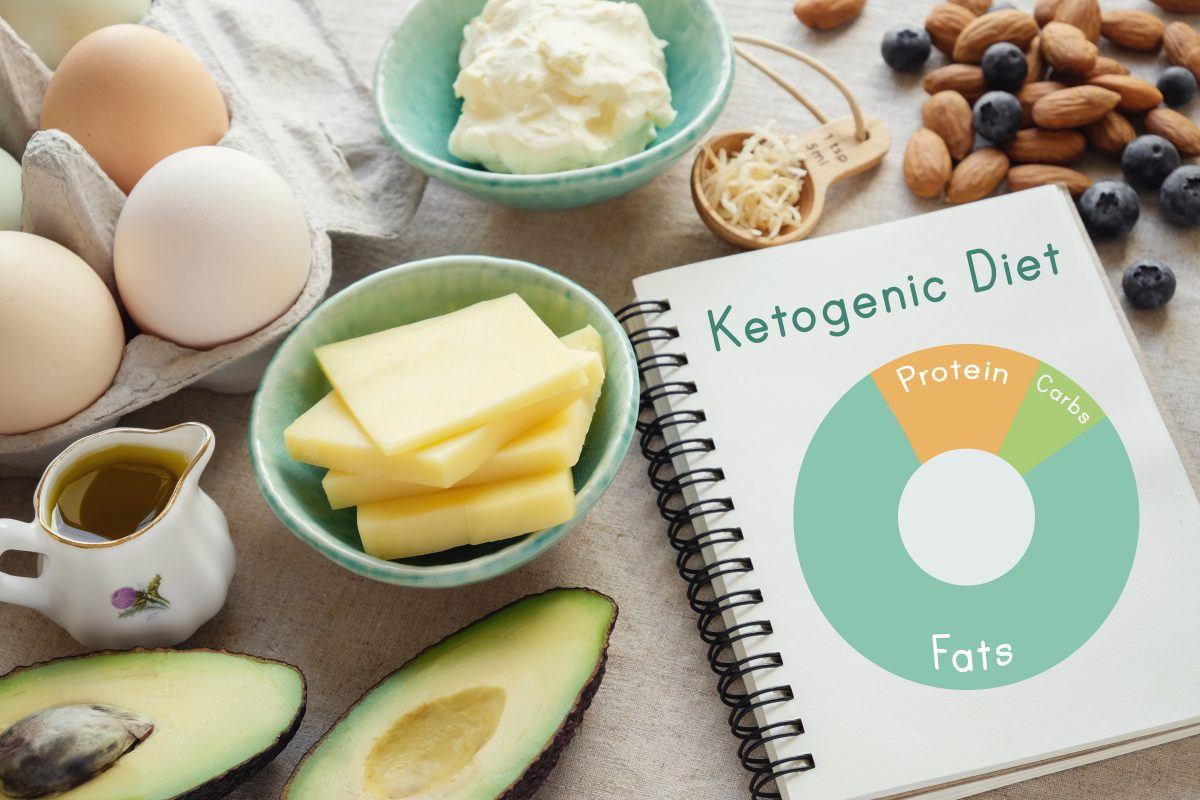
Ketogenic Diet for Weight Loss: A Comprehensive Review
Confused by the latest weight-loss trends? Let's cut through the noise and dive into the ketogenic diet, exploring its potential benefits and drawbacks.

The ketogenic diet is a high-fat, very-low-carbohydrate eating plan that forces your body to burn fat for fuel. Understanding how it works and its potential impacts is key before making dietary changes.
What is the Keto Diet? Understanding the Basics
The ketogenic diet, or "keto" diet, is a dietary approach that involves drastically reducing carbohydrate intake and replacing it with fat. This shift leads to a metabolic state called ketosis. Historically, it has been used to manage conditions like diabetes and epilepsy.
The keto diet distinguishes itself with its exceptionally high-fat content (70-80% of daily calories), moderate protein, and very low carbohydrate intake. This contrasts with other low-carb diets like Paleo or Atkins, which often prioritize higher protein consumption.
How Does the Ketogenic Diet Work? Unlocking Ketosis
The primary goal of the keto diet is to induce ketosis, a metabolic state where the body burns fat for energy instead of glucose.
- Glucose Deprivation: By severely restricting carbohydrates, the body is forced to find an alternative fuel source.
- Ketone Production: The liver breaks down stored fat into ketone bodies, which serve as fuel for the brain and other organs.
- Ketosis: This process results in ketosis, where ketone bodies accumulate in the blood.
- Brain Fuel: The brain uses ketone for fuel since it cannot store glucose.
During fasting, the body will take glucose stored for the liver and temporarily break down muscle to release glucose. Once this continues for 3-4 days and stored glucose is depleted, blood levels of insulin decrease, and the body starts using fat as fuel.
Keto vs. Ketoacidosis: Understanding the Difference
While ketosis is a natural metabolic state, ketoacidosis is a dangerous condition.
- Ketosis: A controlled process where ketone levels are elevated but not dangerously high.
- Ketoacidosis: A toxic state caused by excessively high ketone levels, leading to a dangerous increase of acid in the blood.
- Risk Factors: Ketoacidosis is more common in individuals with type 1 diabetes who do not produce insulin.
Keto Diet Food List: What To Eat and Avoid
Navigating the keto diet requires careful food selection. Here's a breakdown of what's typically allowed and restricted:
Foods Generally Allowed:
- High-Fat Foods: Avocados, coconut meat, nuts (macadamia, walnuts, almonds, pecans), seeds (sunflower, pumpkin, sesame, hemp, flax), cocoa butter, lard, olive oil, palm oil, and coconut oil.
- Dairy (Some): Butter and hard cheeses (lower in lactose).
- Moderate Protein: Grass-fed beef, free-range poultry, pork, bacon, wild-caught fish, organ meats, eggs, tofu, certain nuts, and seeds.
- Non-Starchy Vegetables: Leafy greens, cauliflower, broccoli, Brussels sprouts, asparagus, bell peppers, onions, garlic, mushrooms, cucumber, celery, summer squashes.
- Berries (Small Portions): Limited quantities due to their carbohydrate content.
- Other: Dark chocolate (90% or higher cocoa solids), cocoa powder, unsweetened coffee and tea, unsweetened vinegars, mustards, herbs, and spices.
Foods Generally Restricted:
- All grains (whole and refined) and flour products.
- Added and natural sugars.
- Starchy vegetables (potatoes, corn, winter squash).
- Most fruits (except those on the allowed list).
- Fruit juices
- Legumes (beans, lentils, peanuts).
- High-carb alcoholic beverages and sweetened drinks.
Keto Diet Research: Benefits and Results
Research suggests the ketogenic diet can lead to short-term metabolic benefits. These may include:
- Weight loss
- Improved insulin resistance
- Lower blood pressure
- Improved cholesterol and triglyceride levels
However, it's crucial to consider the long-term effects.
Potential Downsides: Risks and Side Effects of the Keto Diet
The ketogenic diet comes with potential drawbacks:
- Initial Symptoms: Hunger, fatigue, low mood, irritability, constipation, headaches, and brain "fog" may occur initially.
- Long-Term Risks: Increased risk of kidney stones, osteoporosis, and elevated uric acid levels.
- Nutrient Deficiencies: May occur if a variety of allowed foods are not consumed.
- Sustainability: The restrictive nature of the diet can make it challenging to maintain long-term.
Unanswered Questions About the Keto Diet
While research continues, many questions remain.
- What are the long-term effects (over a year) of the ketogenic diet?
- Are there specific safety concerns for high-risk individuals?
- How does the keto diet affect gut health and the microbiome?
Before starting the ketogenic diet, consult with a healthcare professional or registered dietitian, especially if you have underlying health conditions. They can help you determine if the diet is appropriate for you and guide you in creating a balanced and sustainable plan.










